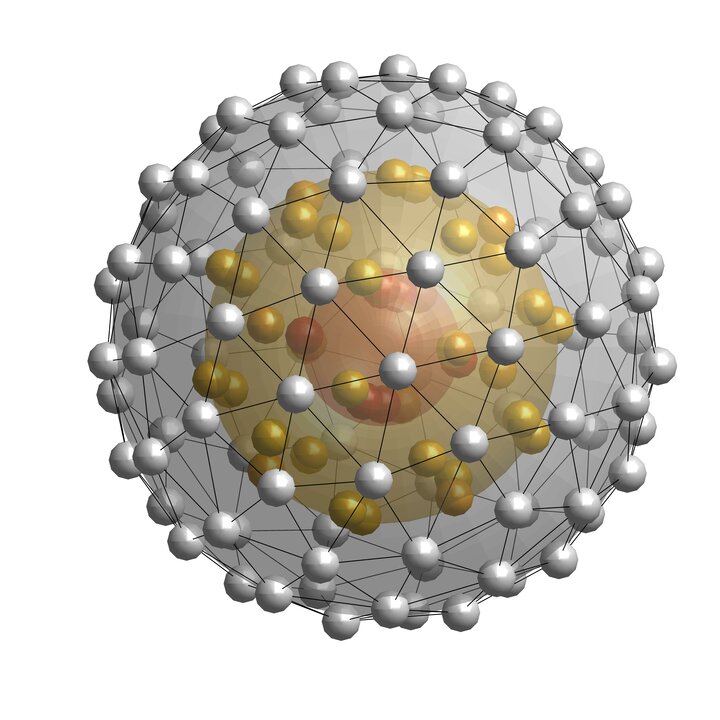Andrea Fiore works on the ultimate control of materials in the field of nanophotonics. By precisely building and patterning materials, the interaction between incoming light and these materials can be controlled. This can be extended by controlling the quantum states of the light, or specific quantum states in the material, resulting into quantum nanophotonics.
This work can be useful to realize quantum light sources (e.g. single-photon sources) and the control of their spectral and temporal properties, and integrated single-photon sources for photonic quantum simulation. This work can be extended to the coupling of the incoming photon with a phonon emitter for transferring quantum information between different degrees of freedom.
The ambitions are (amongst others) to prove that the interaction between an emitter and photon can be tailored at will and at time scales shorter than the decoherence channels and to demonstrate coupling between phonons and emitter as mediated by light. This could be relevant to quantum authentication protocols using quantum light sources, as studied by Boris Skorics (see Physics Based Quantum Security).
Jaime Gómez Rivas specifically focuses on this strongly coupled regime, where the rate of exchange is stronger than the rate in which energy is lost. Of specific interest are periodic arrays of nanoparticles, which are exciting systems in which strongly coupled nanophotonics systems can be realized. By tailoring shape, dimensions and arrangement of these particles, the degree in which the light is confined in the array can be precisely tuned. These arrays might be implemented in solar cells, photodetectors, light-emitting devices and lasers, making them much more efficient, or allowing functioning devices at extremely small scales.
By controlling quantum (exciton-polariton) condensates using these arrays of nanoparticles, complex lattices of interacting quantum condensates could be realized, which constitute the basic components of a new class of quantum simulators (see Quantum Simulators). Another exciting research field that employs such strong coupling in nanocavities is polaritonic nano-chemistry. By controlling the coupling of molecules in the cavity to the light-field present, selective reactions be promoted or hampered, which could be of great important to the field of chemistry, e.g. in katalysis. Since the ensemble of molecules is actually entangled through the cavity mode, this is truly a quantum-mechanical effect that is modifying the reactivity.
Andrea Fiore works on the ultimate control of materials in the field of nanophotonics. By precisely building and patterning materials, the interaction between incoming light and these materials can be controlled. This can be extended by controlling the quantum states of the light, or specific quantum states in the material, resulting into quantum nanophotonics.
This work can be useful to realize quantum light sources (e.g. single-photon sources) and the control of their spectral and temporal properties, and integrated single-photon sources for photonic quantum simulation. This work can be extended to the coupling of the incoming photon with a phonon emitter for transferring quantum information between different degrees of freedom.
The ambitions are (amongst others) to prove that the interaction between an emitter and photon can be tailored at will and at time scales shorter than the decoherence channels and to demonstrate coupling between phonons and emitter as mediated by light. This could be relevant to quantum authentication protocols using quantum light sources, as studied by Boris Skorics (see Physics Based Quantum Security).
Jaime Gómez Rivas specifically focuses on this strongly coupled regime, where the rate of exchange is stronger than the rate in which energy is lost. Of specific interest are periodic arrays of nanoparticles, which are exciting systems in which strongly coupled nanophotonics systems can be realized. By tailoring shape, dimensions and arrangement of these particles, the degree in which the light is confined in the array can be precisely tuned. These arrays might be implemented in solar cells, photodetectors, light-emitting devices and lasers, making them much more efficient, or allowing functioning devices at extremely small scales.
By controlling quantum (exciton-polariton) condensates using these arrays of nanoparticles, complex lattices of interacting quantum condensates could be realized, which constitute the basic components of a new class of quantum simulators (see Quantum Simulators). Another exciting research field that employs such strong coupling in nanocavities is polaritonic nano-chemistry. By controlling the coupling of molecules in the cavity to the light-field present, selective reactions be promoted or hampered, which could be of great important to the field of chemistry, e.g. in katalysis. Since the ensemble of molecules is actually entangled through the cavity mode, this is truly a quantum-mechanical effect that is modifying the reactivity.
